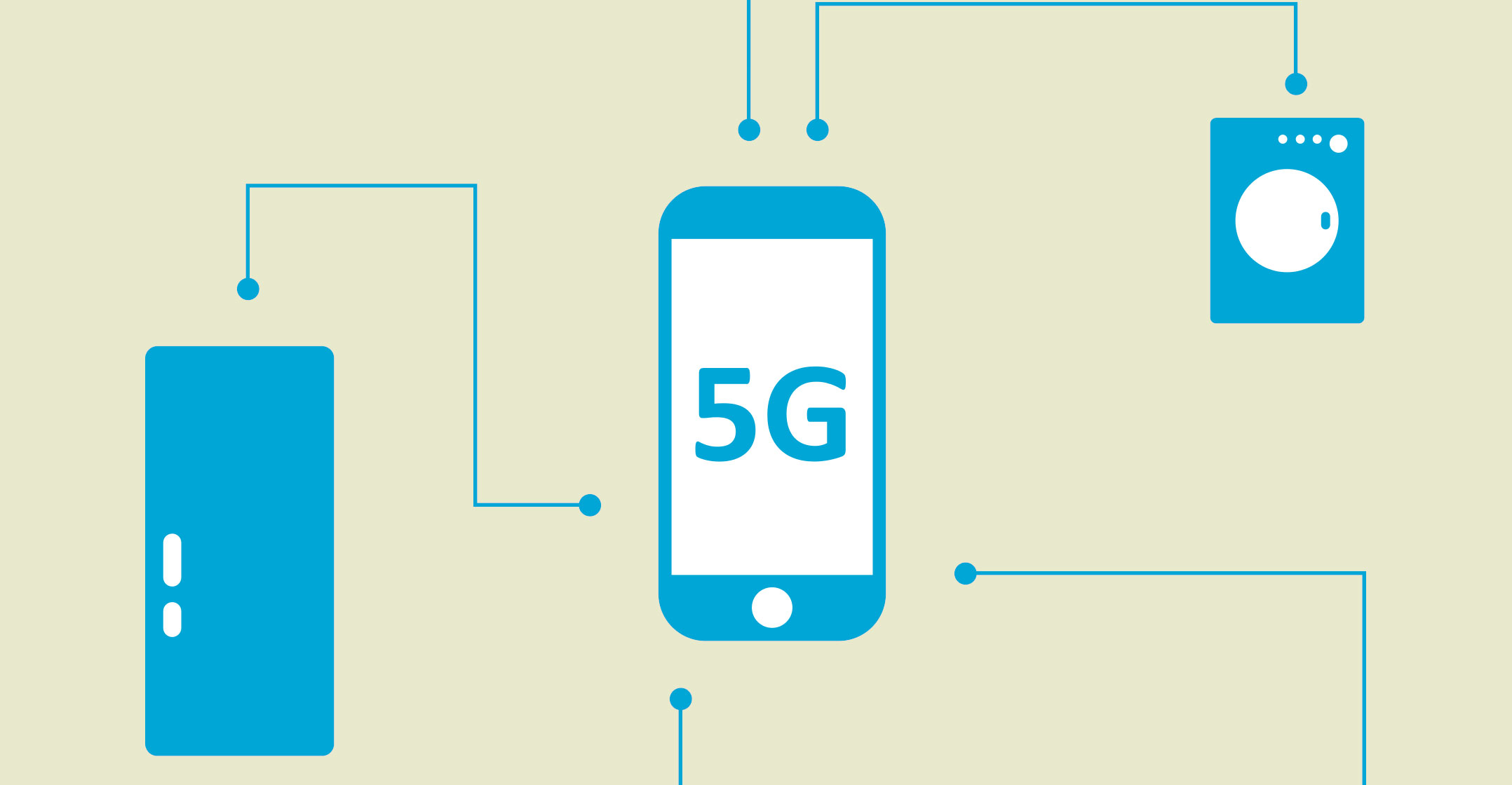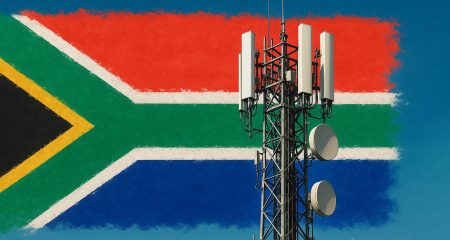 The GSMA, the global body that represents mobile operators around the world, on Tuesday warned that governments and regulators must move quickly to free up the right radio frequency spectrum bands to ensure the speedy roll-out of 5G services.
The GSMA, the global body that represents mobile operators around the world, on Tuesday warned that governments and regulators must move quickly to free up the right radio frequency spectrum bands to ensure the speedy roll-out of 5G services.
The final 5G standards are set to be ratified in November 2019 at the World Radiocommunication Conference (WRC-19), after which operators will likely ramp up their investments in the next-generation mobile broadband technology.
According to the “GSMA Public Policy Position on 5G Spectrum”, governments have started to auction spectrum for 5G networks, but variations in how much spectrum has been assigned and the onerous conditions imposed — and the cost of access to that spectrum — mean the speed, reach and quality of 5G services could vary dramatically between countries.
“Early-adopter countries will be the first to realise the significant benefits of 5G — from fibre-like mobile broadband speeds and smarter cities to autonomous cars and digitised factories — and stand to reap important socioeconomic benefits, including GDP growth,” the GSMA said.
The association’s intelligence arm forecasts that there will be 1.3 billion 5G connections by 2025, but this will be dependent on operators gaining access to sufficient spectrum.
“Operators urgently need more spectrum to deliver the endless array of services that mobile broadband will enable,” said GSMA sub-Saharan Africa head Akinwale Goodluck. “More spectrum has to be made available for 4G networks, and our 5G future depends heavily on the decisions governments will make as we head into WRC-19.
“Without strong government support to allocate and assign sufficient spectrum to next-generation mobile services, it will be impossible to achieve the scale that will make mobile broadband affordable and accessible for everyone. There is a real opportunity for innovation, but this hinges on governments focusing on making enough spectrum available, not maximising auction revenues for short-term gains.”
Wider bands
5G needs wider frequency bands to support higher speeds and larger amounts of traffic, the GSMA said. Regulators that make available 80-100MHz of spectrum per operator in prime 5G mid-bands (such as at 3.5 GHz) and around 1GHz per operator in the millimetre-wave bands (above 24GHz), will best support the very fastest 5G services, it said.
In addition, 5G needs spectrum in three key frequency ranges to deliver widespread coverage and support all use cases: sub-1GHz spectrum to extend high-speed 5G mobile broadband coverage across urban, suburban and rural areas and to help support Internet-of-things services; spectrum from 1-6GHz to offer a good mix of coverage and capacity for 5G services; and spectrum above 6GHz for ultra-high-speed mobile broadband .
“It is essential that governments support the 26GHz, 40GHz (37-43.5GHz) and 66-71GHz bands for mobile at WRC-19,” it said. “A sufficient amount of harmonised 5G spectrum in these bands is critical to enabling the fastest 5G speeds, low-cost devices and international roaming, and to minimising cross-border interference.”
The GSMA warned governments and regulators against “inflating” 5G spectrum prices through high auction reserve prices as they risk limiting network investment and driving up the cost of services.
The association represents the interests of more than 750 mobile operators worldwide. — © 2018 NewsCentral Media




